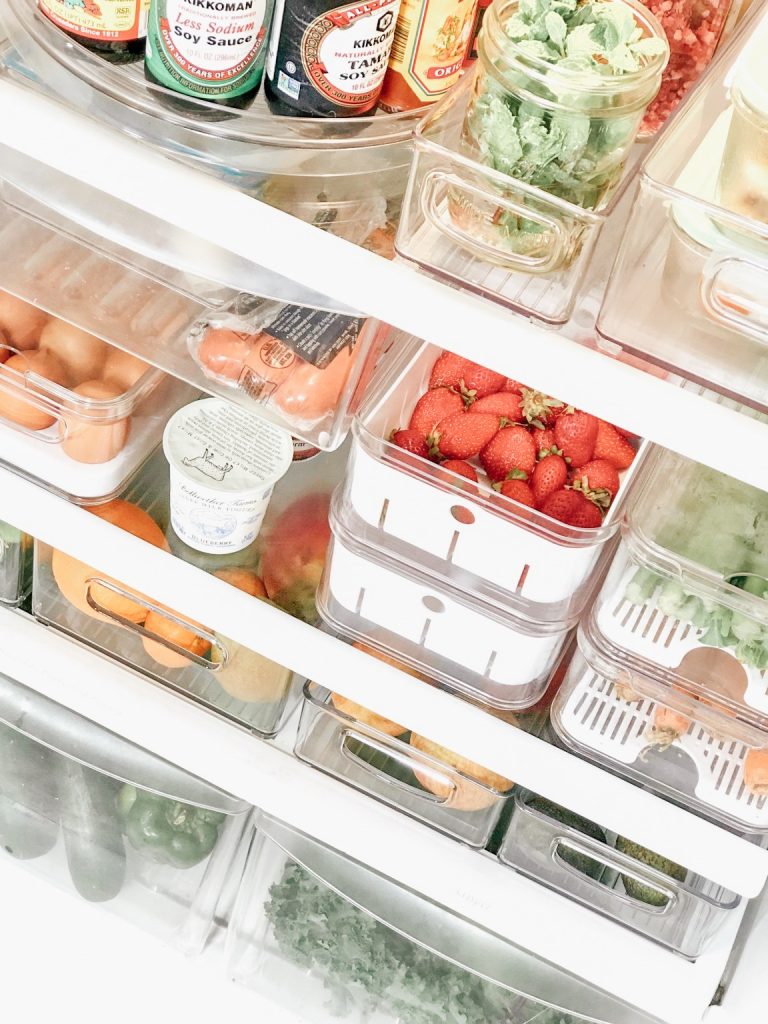
This week, we’re all about fridge transformations. (We love food and we love organization — so this topic is a real win-win for us!)
If you want to see us perform a total fridge transformation, we love you… and please enjoy watching our refrigerator makeover below:
And for our loyal readers, we have some BONUS TIPS, sent from our hearts to your fridge.
Please note: some links in this post may contain affiliates. For more information, please read our disclosure agreement.
1. Overstuffing = oh no
Nobody wants an empty fridge, because FOOD — but an overstuffed fridge can actually cause food to spoil more quickly, as the air won’t circulate as efficiently.
Plus, it’s much harder to keep track of what’s fresh and what needs to be used when your fridge is packed to the gills.
Alas, this is where fridge ORGANIZATION comes in…
2. Your Fridge Has A SYSTEM… You Should Use It
We’ve all been tempted to shove food into the fridge wherever we can make it fit, but these awesome appliances were actually designed to fit items in just-right places. And remember, temperature matters!
Top Shelf: This is a prime destination for leftovers and ready-to-go items. We also love to store our favorite condiments on a spin tray on this shelf. Overall, this tends to be a warmer area of the fridge, so items that are less prone to spoiling are perfect to store here.
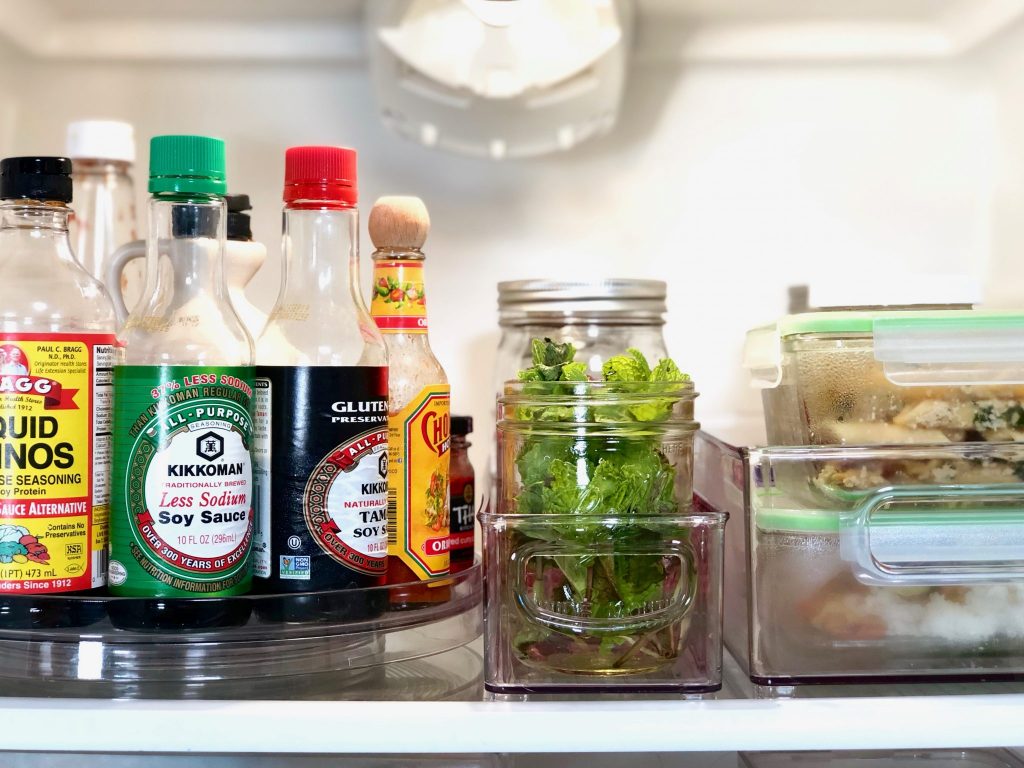
Middle Shelves: This is a great spot for your eggs, as it has a consistent temperature. It’s also an ideal area for a snack zone, as it’s easy to see and reach. We’re all about healthy food merchandising, so we encourage you to place healthy items that you and your family can easily grab right here, at this accessible level. Using bins or spin trays can be beneficial in creating a system here.
Lower Shelves: If your fridge doesn’t have a designated cheese and meat drawer, placing your dairy and meat items on a lower shelf ensures that they will be kept at the cold temperature they require. We recommend using bins to contain these as well, to avoid any accidental leakage onto your fresh produce.
Bottom Drawers: This area is all about fruits and veggies!
The high-humidity/crisper drawer is ideal for leafy greens, herbs and any veggies that are prone to browning or wilting (think any produce that needs moisture).
The low-humidity drawer is better for most fruits and produce that release ethylene gas.
Remember to not overstuff these drawers (⅔ full is a good rule). Utilize produce bins and containers on your lower and middle shelving to create more designated storage space if you’re a produce-heavy household.
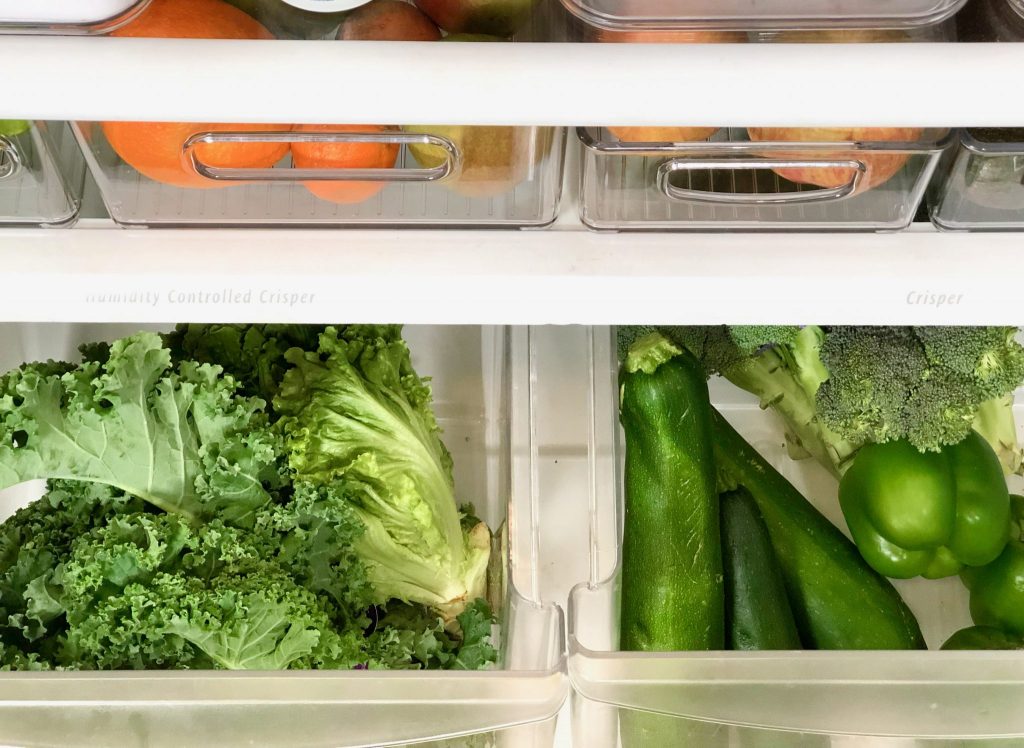
Fridge Door: Butter, condiments and pasteurized juices can live comfortably in this slightly-warmer spot. Ignore that egg holder, if your fridge has one, and store them on the middle shelf instead.
3. Some Items DON’T Belong In The Fridge
If you’re struggling with storage, perhaps you could pull out some items taking up space in your fridge that could actually be stored elsewhere.
This just in = tomatoes, stone fruits and melons are better off on the counter, stored out of direct sunlight. Also, fresh basil can be placed in a glass of water and set out on the counter — this will actually keep it fresher, longer (just be sure to change the water).
4. Fridge Containers Can Serve A BIG Purpose
Spin Trays – These beloved items works well in EVERY fridge. We love them for organizing condiments, snack stations and even beverages. Just remember, visibility = accessibility… and we use what we see!
Egg Container – When it comes to egg storage, we want a container that’s as functional as possible. A lidded bin is always our top choice for eggs, as it allows for stack-ability, which means that we can take advantage of vertical storage space. And of course we love a clear bin that allows us to see how many eggs we have left.
Fridge Bins – We use bins to create zones (think meat, dairy, leftovers, snacks) and to help store extra fruits that don’t necessarily need to take up valuable crisper drawer space (we’re looking at you, citrus fruits!)
5. Your Fridge Has A PERFECT Temperature
The ideal fridge temperature is 35 to 38 degrees Fahrenheit… but really, just be sure to keep your food items items safely stored at a temperature below the 40 degree mark!
We hope that you’re able to use some or all of these tips to make your fridge feel and look Practically Perfect.
Happy (Fridge) Organizing!
For more inspiration, check out:
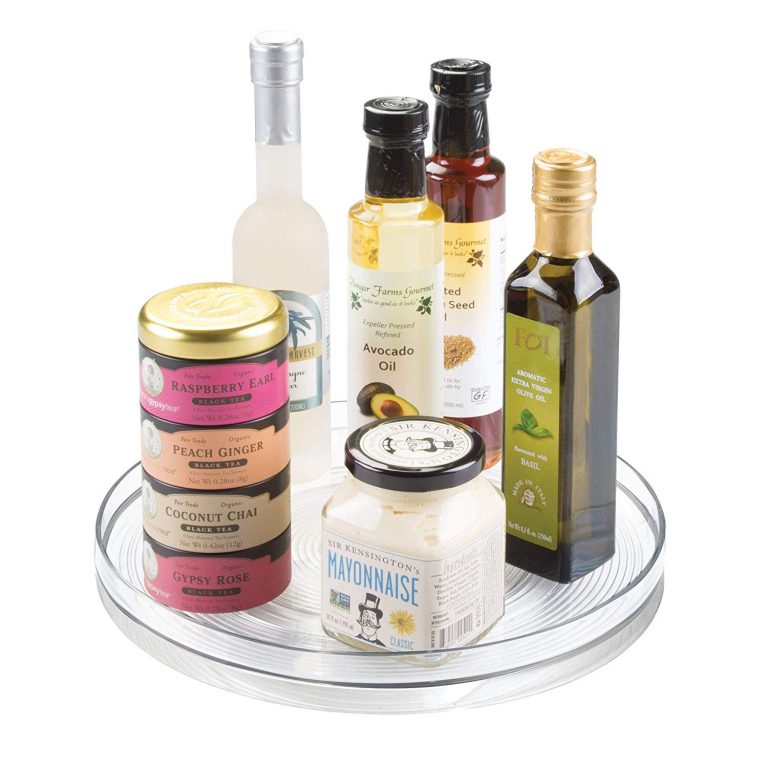
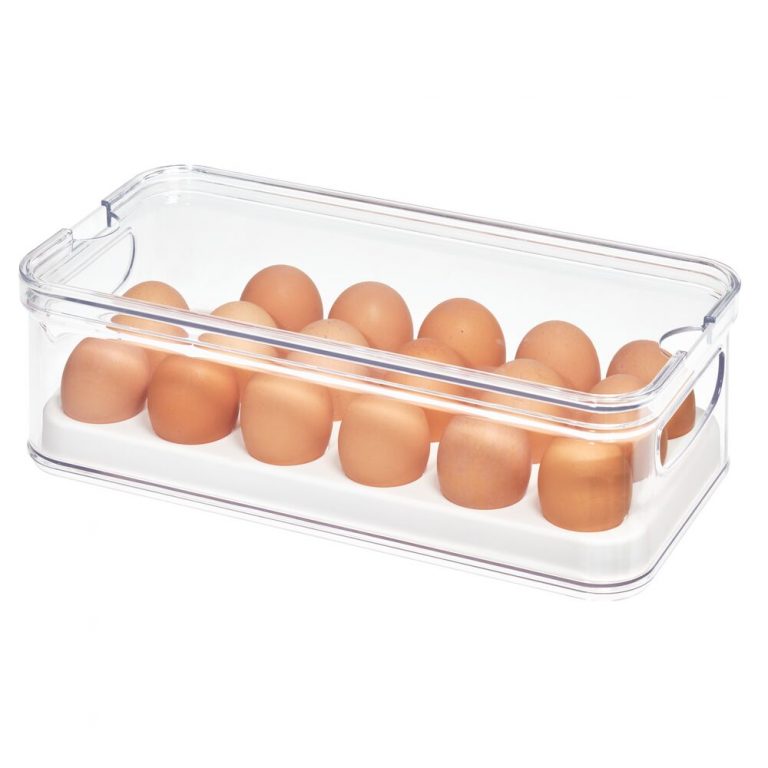
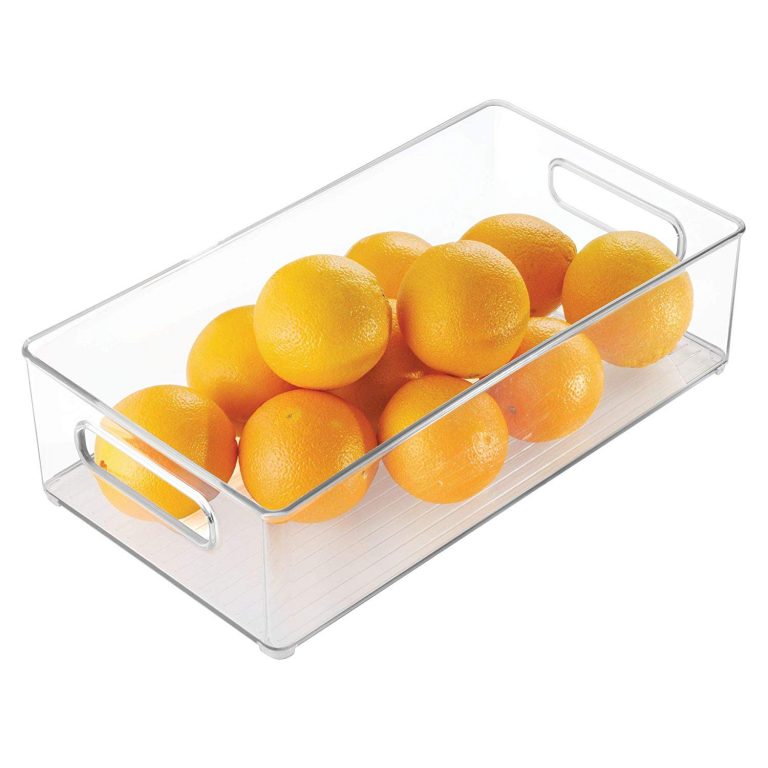

Leave a Reply